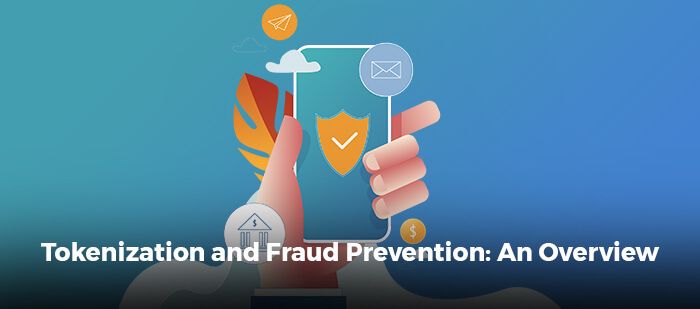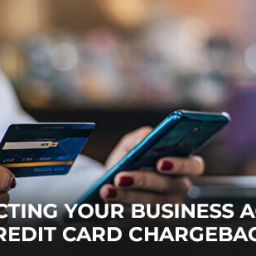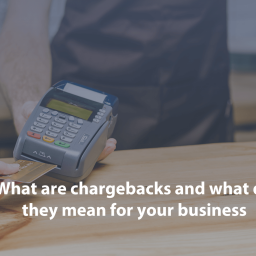
Understanding Tokenization and Fraud Prevention
It’s October, which means that the holiday shopping season is quickly approaching. This is a season full of mixed blessings for merchants. Peak sales mean high fraud risk. Merchant security hacks are becoming an annual holiday tradition.
Merchants have the good news that there are many technologies, solutions, and expertise available to stop the threat of chargeback fraud and security hacks. Merchants can protect their data and those of their customers by using the most up-to-date fraud prevention strategies.
Tokenization to Modern Fraud Prevention
Tokenization is the process of replacing sensitive card and account information with a nonsensitive token or placeholder. This token acts as an identifier in the payment process. The token cannot be traced back directly to the original card or account data using a master key that is part of the tokenization process.
These tokens are created and issued by a token service to customers’ devices through the token issuance process. This makes it virtually impossible to reverse-engineer the tokenization process.
![]()
Email us anytime!
Email customer service 24/7
![]()
Call us anytime!
Reach customer care 24/7 at +1 (888) 901-8653
Tokenization can be used to protect cardholder data in three scenarios:
- Tap & Go. Tap & Go is a payment method that uses a standard card payment terminal. However, instead of swiping or inserting a card, the customer taps on the screen to show their card. The customer does not need to sign or enter a PIN.
- In-app purchases. Tokenization is used to send payment data and protect cardholder data via mobile and cloud networks. Customers do not have to provide credit card numbers. Instead, their identity is verified with their mobile device (fingerprint and other biometric data).
- In-app virtual purchases. This token is used in apps like video games and other subscription services that allow customers the ability to buy additional services or options. To transmit customer data, a token is used.
One well-known example of tokenization is when a customer taps on their Apple watch to make a purchase. A token is used in this case to communicate with the customer and secure their purchase.
Tokenization doesn’t guarantee merchants are protected from security breaches. However, it does guarantee that customer data will be protected in the event of a security breach. The token is used to replace customer data and can not be traced back to customers. Therefore, the token does not have any value for hackers.
See more interesting blogs here
- What is Chargeback Fraud | How to Prevent It
- Chargeback Fees: An Overview
- Chargeback Representment: Improving Winning Rates
Customers have come to expect this extra layer of security. Tokenization allows customers to access the most recent payment options and gives them confidence in using the merchant’s payment system. Merchants who want to increase customer trust and protect their customers’ data will find this a major advantage.
Fraud Prevention Enhanced: The Complete Solution
Tokenization offers merchants who are concerned about protecting customer data benefits that none of the other fraud prevention methods can. Merchants need to understand that tokenization is not the only solution for fraud prevention.
Merchants should also consider other components of fraud prevention technology.
1. IP intelligence. Merchants can block transactions from IP addresses that are fraudulent.
2. Device fingerprinting. To validate the transaction request, it uses device information and reputation scoring.
3. Address Verification Service (AVS). Use a comparison lookup to verify the address of the cardholder.
4.3D Secure. The three-domain model used to verify credit and debit card purchases.
- Secure communication between customers and payment solutions.
Merchants should have a complete solution to prevent and detect chargeback fraud.
This might seem overwhelming to some merchants. However, merchants can be hampered by not being aware of chargeback fraud risks and using fraud prevention best practices.
Implementing Fraud Prevention Technology
What worked last year won’t work this year. Over the last few years. How customers pay for their purchases has changed dramatically. Merchants have had to adapt to the changing times to support their customers’ mobile and smartwatches.
Merchants need to be vigilant about fraud prevention technology. As well as keeping up with mobile-friendly websites and in-app purchases.
Contact Us
Contact Chargeback Expertz today! to learn how we can help you fight back against return fraud, friendly fraud, and many other threats.




